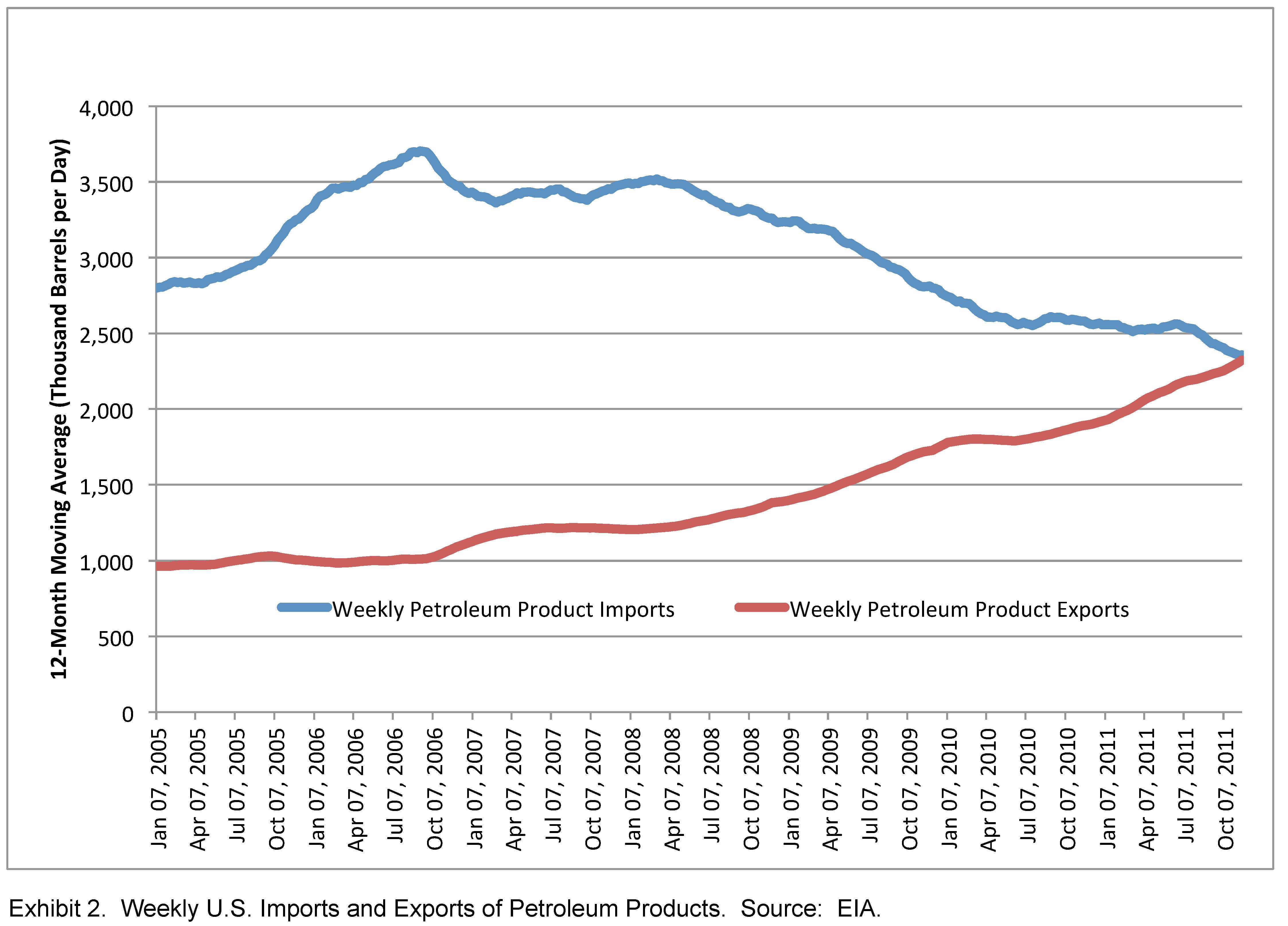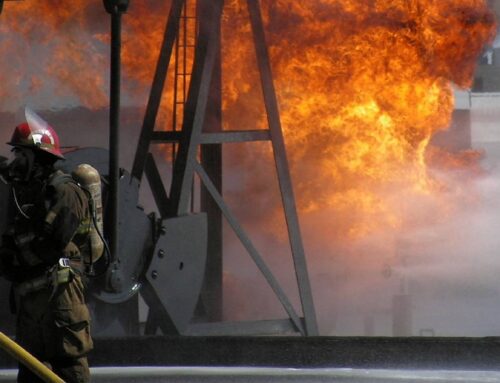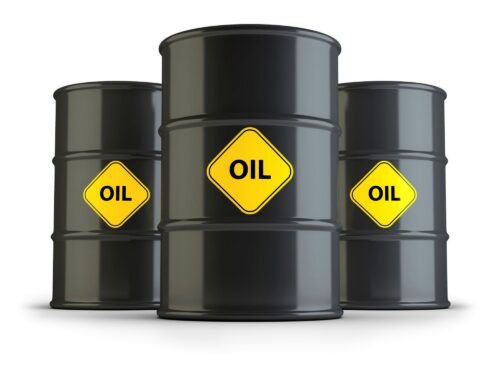If you check any news outlet, you’ve likely seen numerous stories about the price of oil. Headlines that range from oil heading to less than $35/barrel to predictions that oil will quickly recover to $100/barrel in the next 12 to 18 months. With oil decreasing significantly in such a short period of time, the focus is quickly turning to why the price of oil has fallen so dramatically and how we are going to “fix the problem” of low oil prices.
While everyone tries to predict the price of oil and figure out who is to blame, it’s important to note that the price of oil is no longer set like it was in the past. To truly understand the price of oil, you have to first understand the history behind how oil prices were set and then compare that to where we are today.
OPEC Controls Pricing
When many people think about the price of oil, they immediately think of OPEC. OPEC began in 1960’s and quickly grew into a power player by the 1970’s. According to OPEC, their mission was to “unify petroleum policies among Member Countries, in order to secure fair and stable prices for petroleum producers.” What they really mean by “fair and stable prices” is that they wish to control the production and price of oil and gas by colluding together to fix the price. For decades on end OPEC successfully controlled the supply and generally set the price of Oil and Gas through their organization.
Due to the large amount of production they controlled, OPEC essentially had a monopoly that could determine how much supply would hit the market. This allowed them to easily move oil and gas prices up and down as they saw fit. Imagine if the United States had a single organization controlling all Oil and Gas supply and effectively setting the price. There would be rioting in the streets! For a long time large Oil and Gas companies were blamed for the price paid at the pump even when OPEC had such a significant hand in determining the global price of oil and gas.
United States Oil and Gas Production
During the time period from the 1960’s to the late 1980’s, OPEC was almost completely in control of supply. During the 1970’s, the United States imported almost 50% of their oil and gas which gave them very little control over pricing since they could not supply enough on their own. During the 1980’s and 1990’s, the United States started to gain energy independence through horizontal drilling techniques and other technological advances.
It wasn’t until the late 1990’s and early 2000’s that hydraulic fracturing technology began to allow operators to access shale formations. These shale formations were previously only accessible with vertical drilling and ineffective fracking techniques. With the advent of horizontal drilling and better technological advances in fracking, the world of shale oil and gas opened up and supply quickly became abundant. Where the United States was previously importing more than it was exporting, this sudden boom in production allowed the United States to compete on a more global level.
For the first time in 2011, the United States began exporting more petroleum products than it imports. This was a significant milestone for United States oil and gas production and paved the way for the situation we are in today.
OPEC vs United States
With the United States quickly generating more supply during the 2000’s to present, OPEC’s ability to control global supply began to erode. OPEC was no longer able to control oil and gas prices so closely because the United States had increased production significantly. For the first time the price of Oil and Gas is beginning to be set by the world market and not just by a single organization like OPEC who controls the supply. As we see the price of oil continue to fall, what we are really seeing is the market try to determine what the real price of oil should be on a global market without a single organization controlling supply.
As we see the price of oil continue to fall, what we are really seeing is the market try to determine what the real price of oil should be on a global market without a single organization controlling supply.
As this new world unfolds before our eyes, it’s important to note that the price of oil is likely to be volatile. We could see years of volatility in oil and gas prices as OPEC, The United States, Russia, Venezuela, and other countries with significant oil reserves fight for their share of the world oil and gas market. With OPEC no longer in control, countries will all be jockeying for position to gain market share. We are likely to see oil prices swing wildly as each country adjusts their supply, pricing tactics, and attempts to gain control over the market. When you add in the threat of conflicts to oil and gas infrastructure in some middle eastern countries, the price of oil is anyone’s guess in the months and years to come.





